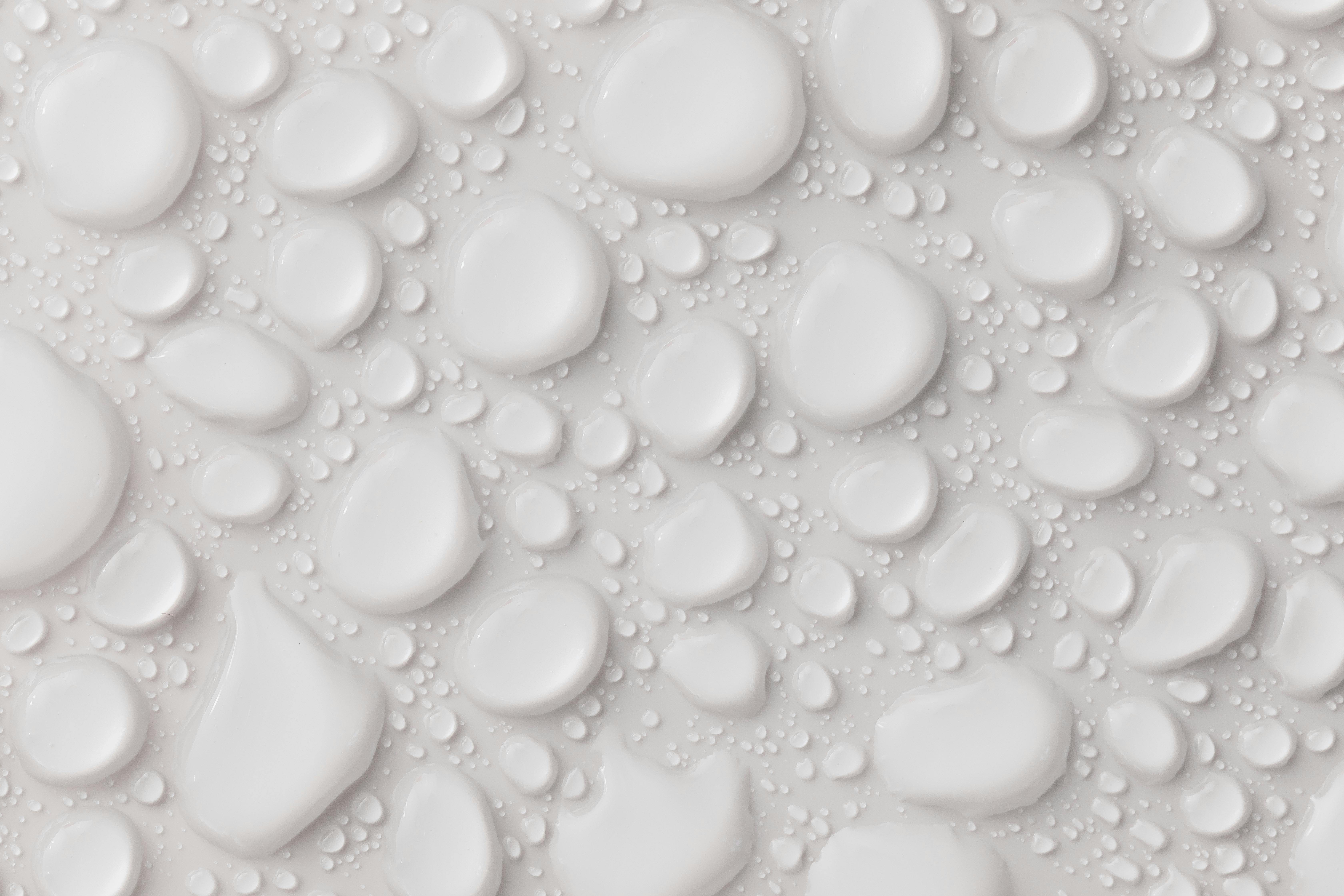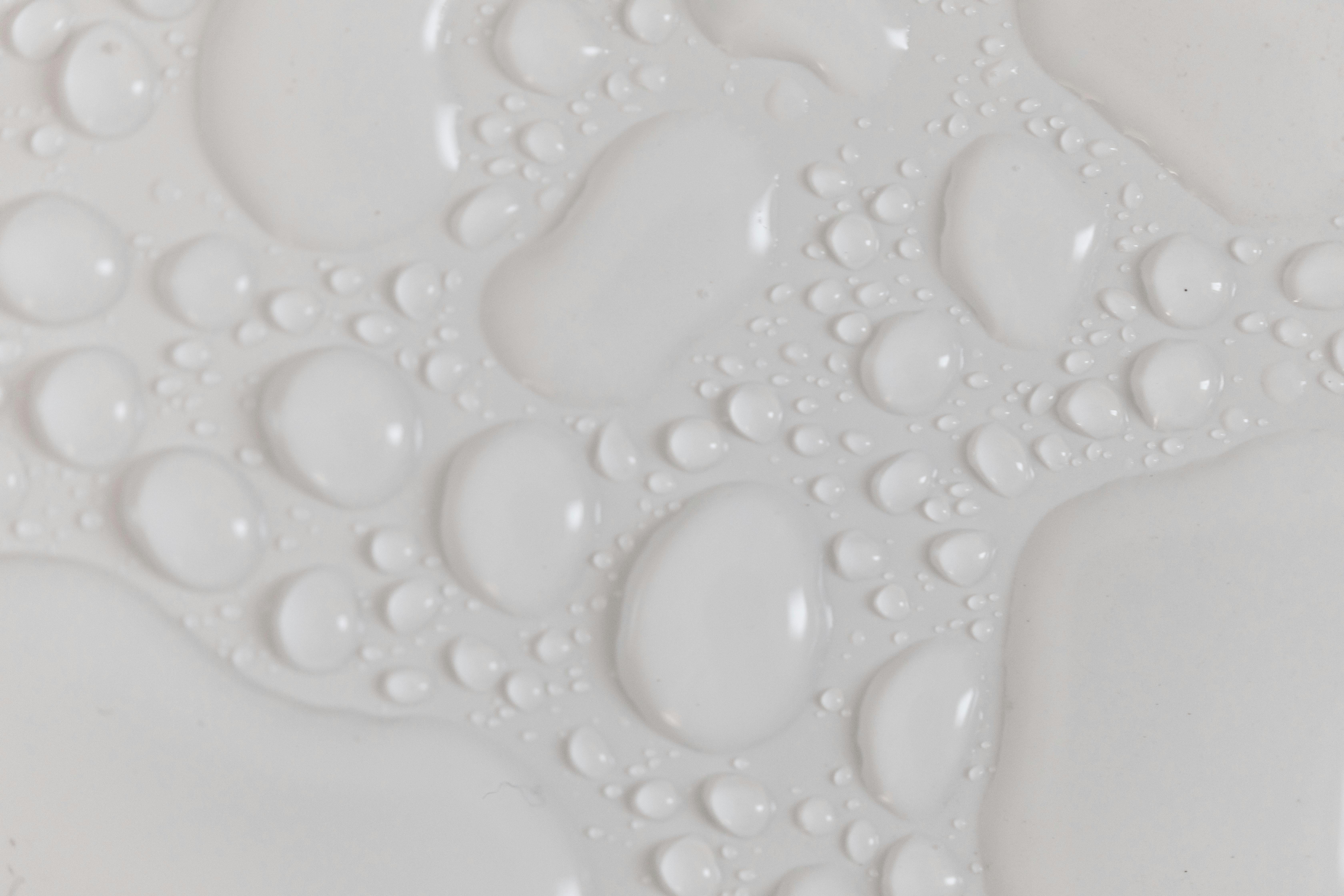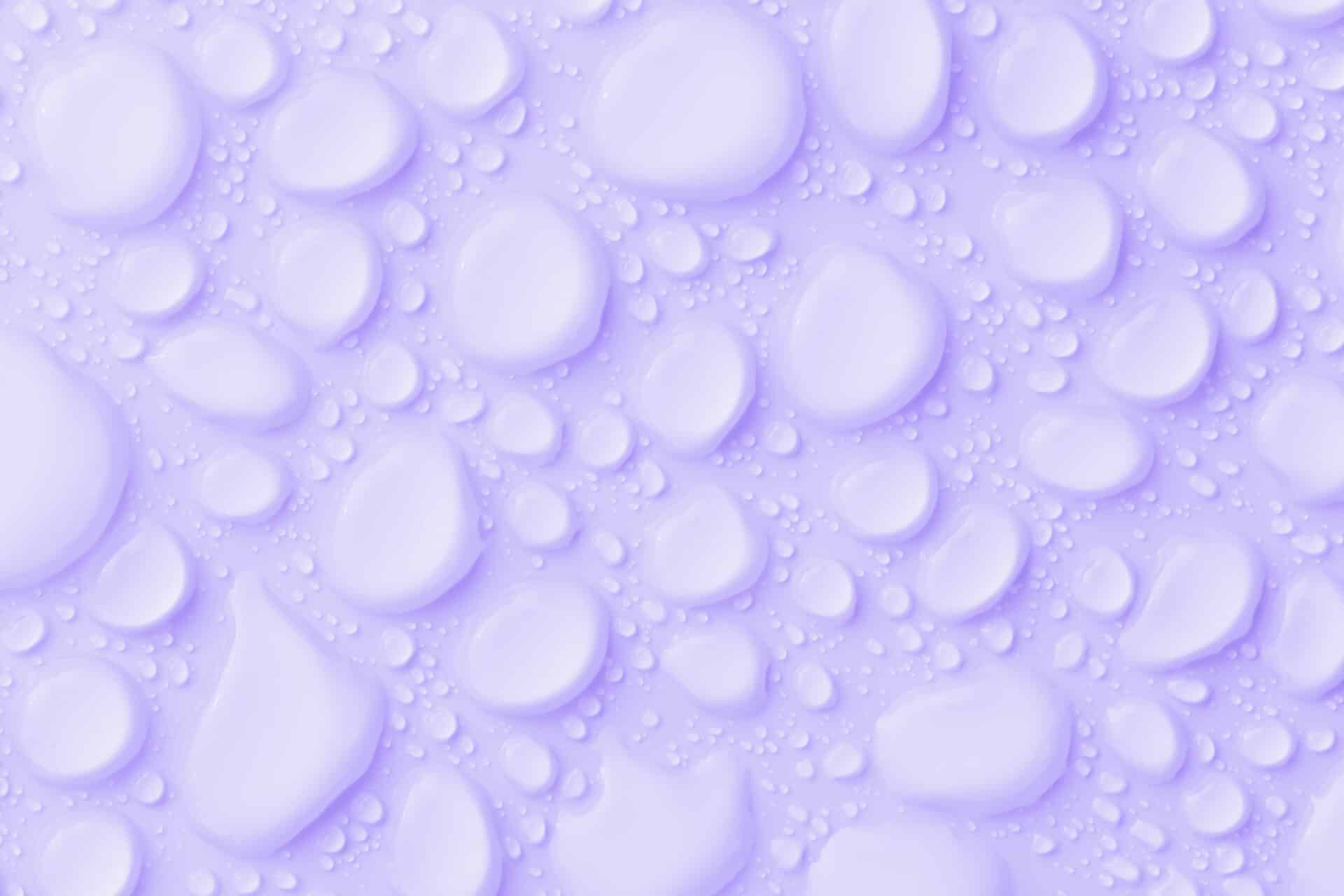A condenser dryer is a type of clothes dryer that uses heat to draw moisture from damp clothing. This dryer works by condensing the moisture from the air, which is then collected and stored as water in a container. This water is not distilled, which means it may contain minerals and other impurities. It is important to note that this water should not be used for drinking or cooking purposes, as it could contain bacteria and other contaminants that could cause health problems.A condenser dryer is a type of clothes dryer that works by condensing the moist air produced during the drying cycle. Instead of venting the hot, humid air outside, the condenser dryer captures it and turns it into water which is then collected in an internal tank. This allows for more efficient drying as no heat is lost through a venting system.
How Does a Condenser Dryer Work?
A condenser dryer works by using a condensing system to take the moisture from clothes and turn it into water. This is done by sending hot air into the drum, where it is mixed with the damp clothes. As the air circulates, it lifts the moisture off of the clothes and passes through a condensing chamber. In this chamber, the moisture is condensed into liquid water droplets which are then collected in a container. The now dry air is passed out of the machine, giving you freshly dried clothes.
In order to maintain a steady temperature inside of the dryer, a thermostat will control how much heat is being circulated throughout the machine. This allows for efficient drying without damaging delicate fabrics or shrinking clothing items. Condenser dryers also feature an anti-creasing function which rotates garments regularly during drying in order to prevent them from becoming bunched up and creased. This helps to keep your clothes looking good for longer.
The advantage of using a condenser dryer over other types is that it does not require any external venting for installation. This means that you can place your condenser dryer almost anywhere in your home without having to worry about venting requirements or safety concerns. They are also incredibly quiet compared to traditional vented dryers, making them ideal for apartment living where noise levels may be an issue.
Overall, condenser dryers are great for those who need flexibility when it comes to placement and noise levels but still want their clothes to be thoroughly dried. They are easy to use and maintain and can provide you with clean, fresh laundry in no time!
What Is Distilled Water?
Distilled water is a type of purified water that has been stripped of all impurities, including minerals, salts, and other contaminants. It is created by boiling water until it vaporizes and then collecting the resulting steam. This process leaves behind any solid impurities found in the water, leaving only pure H2O molecules behind. Distilled water is a popular choice for drinking due to its lack of contaminants and minerals, making it a safer option than tap or spring water. It’s also commonly used in medical settings where sterility is essential, such as in the preparation of certain solutions and medications. Additionally, distilled water is often used for industrial purposes such as providing steam for power plants or cooling systems in automobiles.
The process of distillation has been around for centuries and was even used by ancient civilizations to purify their drinking water. By boiling contaminated or salty water and collecting the vapor produced, they were able to create safe drinking water that was free from contaminants and bacteria. Today, modern distillation methods are still used to create purified drinking water, although many manufacturers now add minerals back into the final product to make it more palatable. Distilled water can be found in most grocery stores today, usually packaged in plastic bottles or sold in bulk containers.
Overall, distilled water is a great choice for drinking due to its lack of contaminants and minerals compared to tap or spring waters. It’s also popularly used in medical settings due to its high level of purity and can be found easily at most grocery stores today.
How Is Distilled Water Made?
Distilled water is created through a process of distillation. This involves boiling water and collecting the resulting vapor. The vapor is then condensed back into liquid form, leaving behind any impurities or minerals. It is then filtered to remove any remaining solids or particles before finally being bottled for consumption. This process ensures that the water is free of contaminants such as bacteria, viruses, and chemicals. It also helps to reduce the presence of heavy metals and other toxins, making it a safe option for drinking.
The process of distillation has been used for centuries in various forms around the world. In modern times, it is typically done using special equipment that can boil large amounts of water quickly and efficiently. This equipment usually consists of a heating element, a condenser, and a collection chamber. The heating element boils the water, causing the vapor to rise up into the condenser where it cools and condenses back into liquid form. The condensed liquid then flows into the collection chamber where it is filtered to remove any solids or particles before being bottled for consumption.
Distilled water has many benefits over regular tap water. It has no added chemicals or minerals so it does not have an unpleasant taste or smell like some tap waters do. It also does not contain contaminants such as bacteria, viruses, and chemicals so it is safe to drink without further treatment or boiling first. For these reasons, distilled water is often used in medical facilities as well as in many households around the world for drinking and cooking purposes.
Does a Condenser Dryer Use Distilled Water?
A condenser dryer works by condensing the moisture from the laundry into water. This water is then collected in a container or reservoir within the appliance. In order to ensure that the water collected is of a good quality, many manufacturers recommend using distilled water in their condenser dryers. Distilled water is free of any elements that may cause damage to the internal components of the appliance, including minerals and other contaminants.
The use of distilled water in a condenser dryer is beneficial for a number of reasons. Firstly, it helps to prevent residues from building up inside the machine which can lead to clogs or blockages. This can result in decreased efficiency and even damage to the appliance over time. Secondly, distilled water can also help to reduce unpleasant odors that can be produced during drying due to minerals and other contaminants present in tap water.
Finally, using distilled water can help improve energy efficiency as it does not require additional energy for heating like tap water does. Using distilled water will also help extend the life of your condenser dryer by preventing mineral deposits from building up on internal components which could potentially cause damage over time.
In conclusion, it is recommended that you use distilled water when operating your condenser dryer for optimal performance and longevity of your appliance.

The Benefits of Using Distilled Water in a Condenser Dryer
Using distilled water in a condenser dryer can offer several benefits. Firstly, it prevents lint and other debris from getting trapped in the machine. This ensures that the dryer runs more efficiently and prolongs its lifespan. Secondly, it also helps to reduce the amount of energy used by the machine as it is more efficient than regular water. Lastly, it reduces mineral buildup on the internal components of the dryer which can cause damage over time. Overall, using distilled water in a condenser dryer can help to keep it running smoothly and efficiently for longer.
Another benefit of using distilled water in a condenser dryer is that it helps to reduce odors caused by bacteria and mold growth. This is because distilled water does not contain any minerals or other impurities that can promote bacterial or mold growth. As such, it can help to keep your clothes smelling fresher for longer periods of time. Additionally, using distilled water also helps to reduce static cling as there will be no mineral deposits left on clothing after drying.
Finally, using distilled water in a condenser dryer can help to save money over time as well due to its more efficient performance. Since it is more efficient than regular tap water, you will use less energy when running your machine which will result in lower electricity bills each month. Additionally, since there will be less lint and mineral buildup within the machine itself, you won’t have to worry about costly repairs due to premature wear and tear either. All of these benefits make using distilled water in a condenser dryer an excellent choice for anyone looking for an economical way to keep their clothes clean and fresh smelling for longer periods of time.
Connecting a Condenser Dryer to a Distilled Water Source
Connecting a condenser dryer to a distilled water source is important for ensuring the best performance from your appliance. It helps to reduce the amount of lint build-up and makes cleaning the filter easier. The process is relatively simple and straightforward, but it’s important to follow all safety instructions and use the correct equipment.
The first step is to connect the inlet hose of the condenser dryer to the outlet port of your distilled water source. This can be done with either an inlet hose adaptor or an inlet hose connector. Make sure that all connections are secure, using appropriate pipe sealant or tape if necessary.
Once connected, you will need to open the valve on your distilled water source so that it can begin supplying water into the condenser dryer. You should also check that there is no blockage in the hose by running some water through it before closing off the valve again.
Next, you will need to connect your condenser dryer’s outlet hose to a drain or other suitable receptacle for disposing of used water. This can be done with either an outlet hose adaptor or an outlet hose connector, depending on what kind of receptacle you are using. Make sure that all connections are secure, again using appropriate pipe sealant or tape if necessary.
Once everything is connected, you can turn on your condenser dryer and allow it to run for a few minutes before turning it off again and checking for any leaks in any of the connections. If there are any leaks then they need to be addressed immediately as this could cause damage or even injury if left unchecked.
By following these steps you should be able to successfully connect your condenser dryer to a distilled water source without any problems. This will help ensure that your appliance runs at its peak performance and also help reduce lint build-up in its filter which can make cleaning much easier.
Potential Health and Safety Risks of Using Distilled Water in a Condenser Dryer
Using distilled water in a condenser dryer can pose potential health and safety risks. These risks include the potential for the dryer to become contaminated with bacteria, mold, or other debris that can become airborne when the hot air is released from the dryer. Additionally, if the distilled water is not changed regularly, it can become stagnant, leading to an environment where bacteria and other microorganisms can grow. This could lead to illnesses or other health hazards if breathed in or ingested.
Additionally, distilled water has a low mineral content, which can cause mineral buildup within the condenser dryer. If not removed regularly, this buildup can cause clogs or blockages within the system that could cause problems with operation and could potentially be a fire hazard. Finally, using distilled water can also create an imbalance in how electricity flows through the system due to its low mineral content, leading to increased electricity usage and higher energy bills over time.
In summary, using distilled water in a condenser dryer poses potential health and safety risks due to bacterial growth, mineral buildup, and electrical imbalances. It is important to regularly change the distilled water in order to reduce these risks and ensure that your dryer operates safely and efficiently.

Conclusion
In conclusion, condenser dryers are a great alternative to traditional water distillation methods. They use less energy, are more efficient and cost effective for many applications. Additionally, condenser dryers can be used to produce higher quality water than traditional distillation methods. This makes them an excellent choice for many industries, businesses and households who want to save money and be more environmentally friendly. With all these benefits in mind, it is clear that condenser dryers are the preferred option when it comes to water distillation.
Therefore, if you’re looking for an efficient and cost-effective way to produce distilled water, then a condenser dryer is definitely worth considering. With their ease of installation and maintenance, they offer an ideal solution that is both economical and environmentally friendly.

